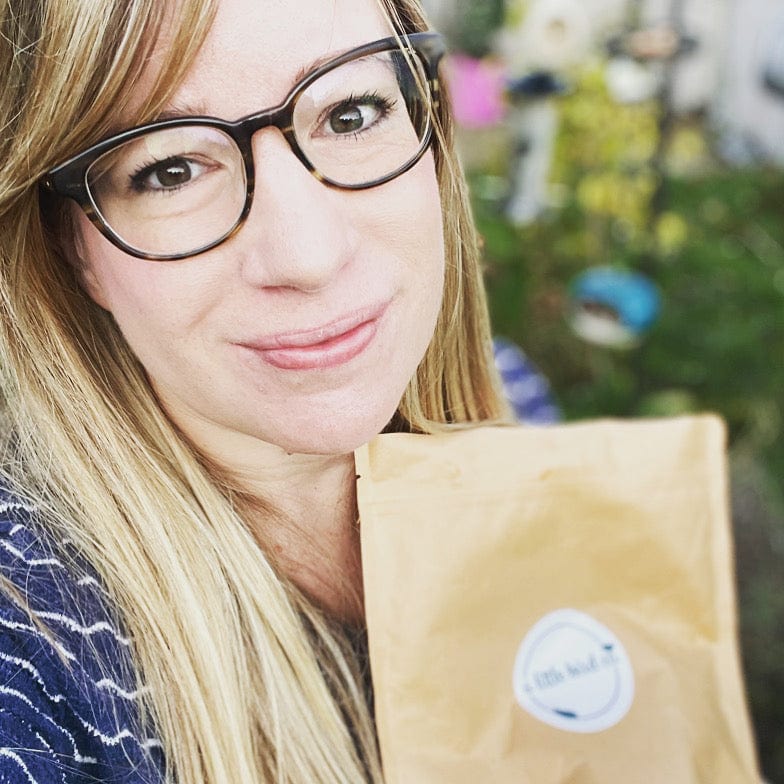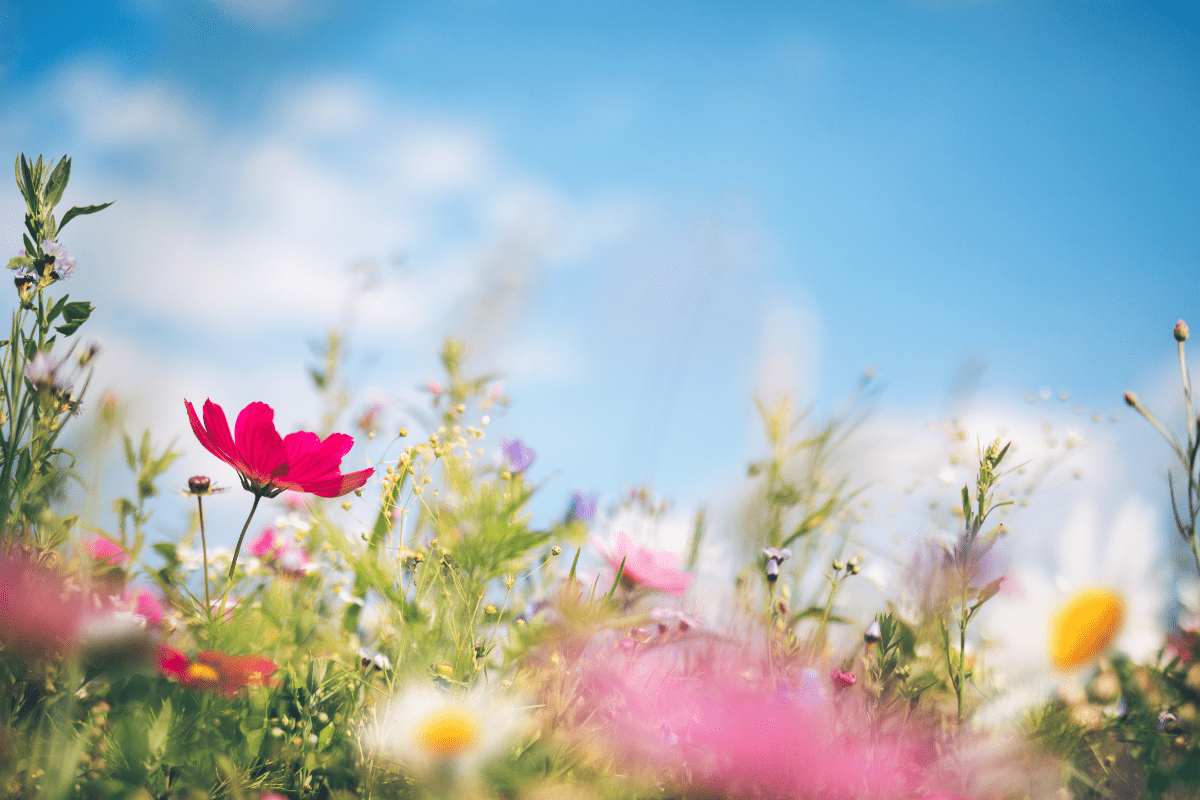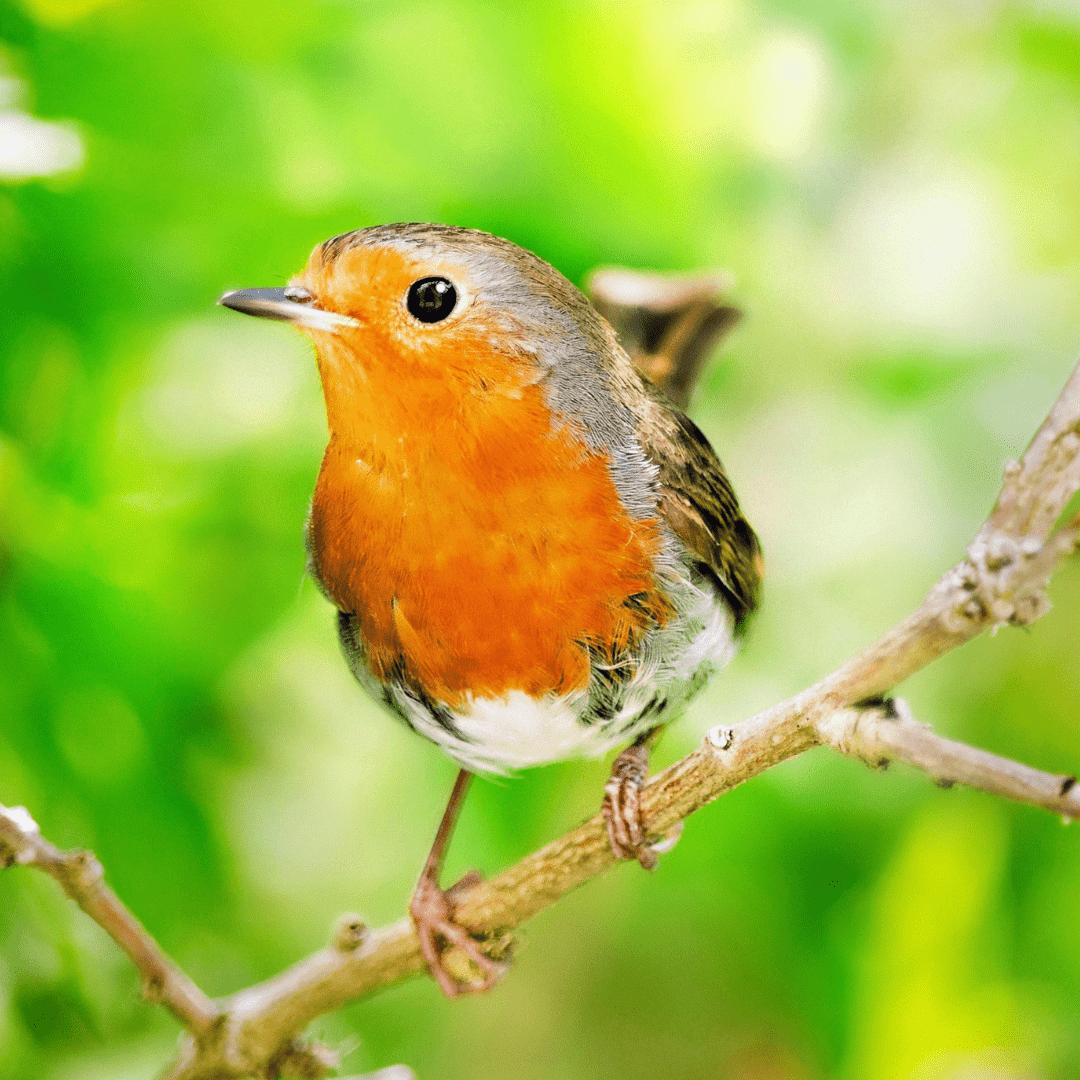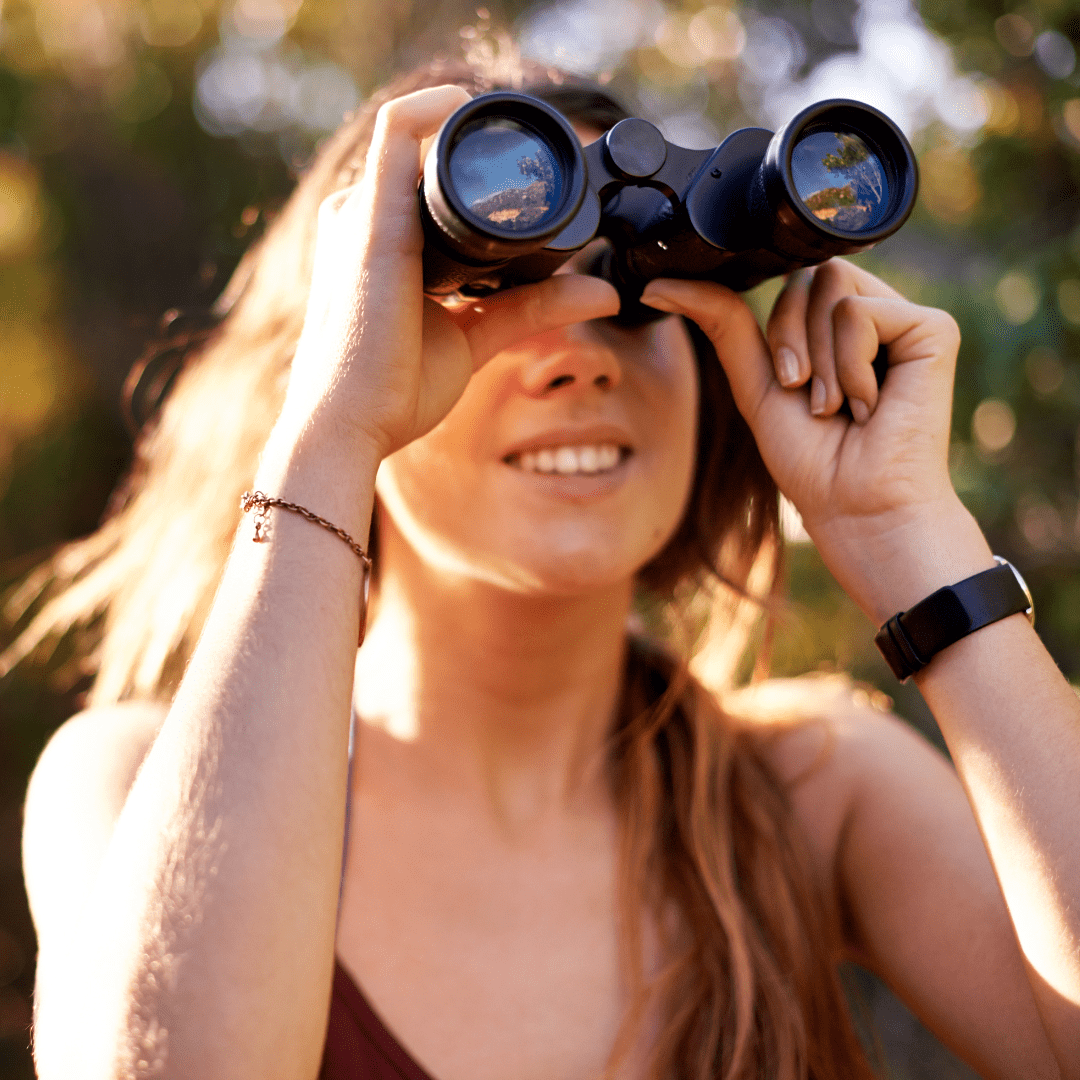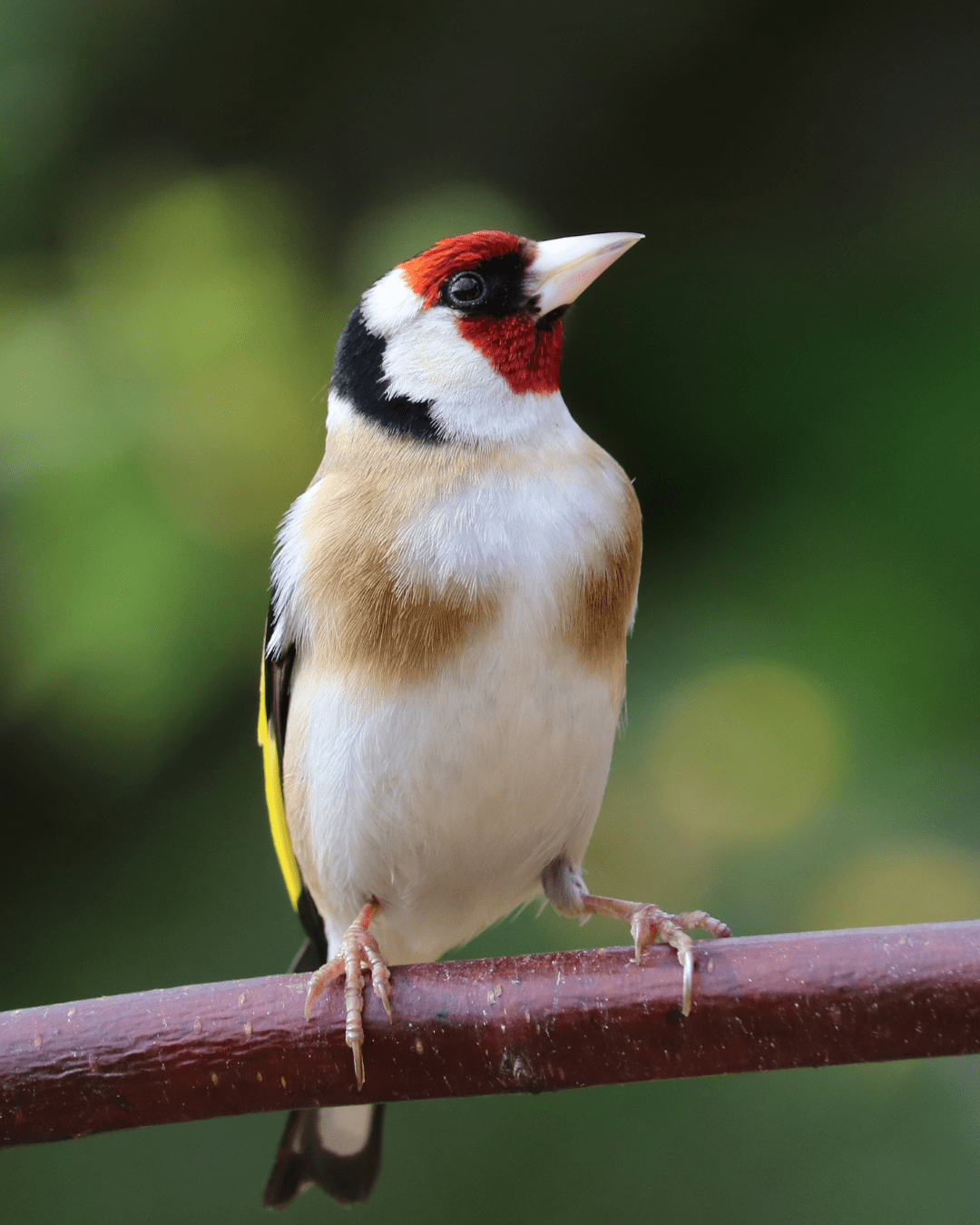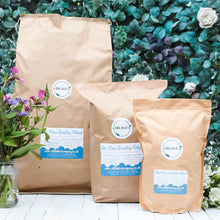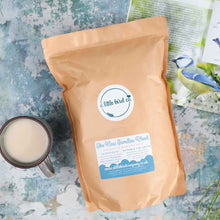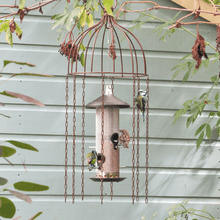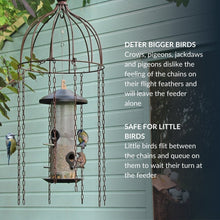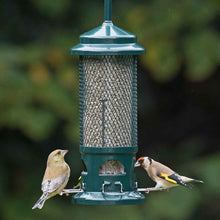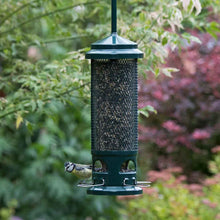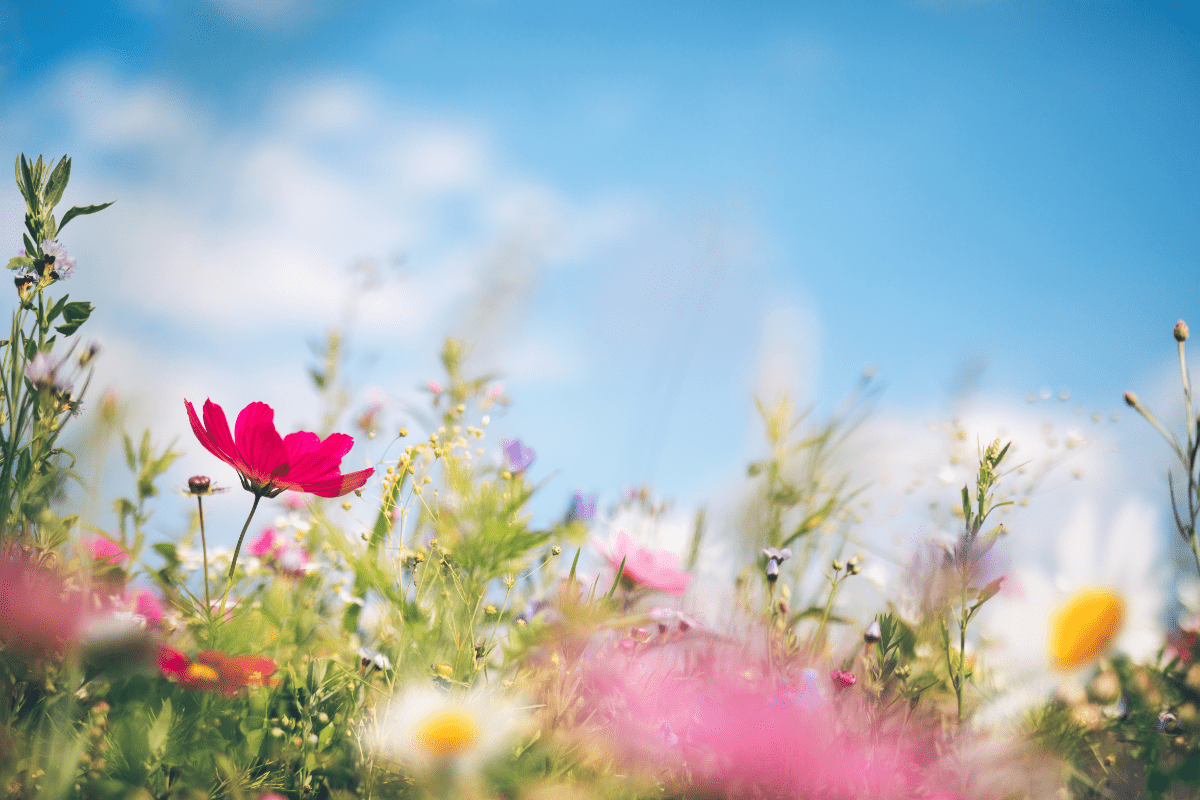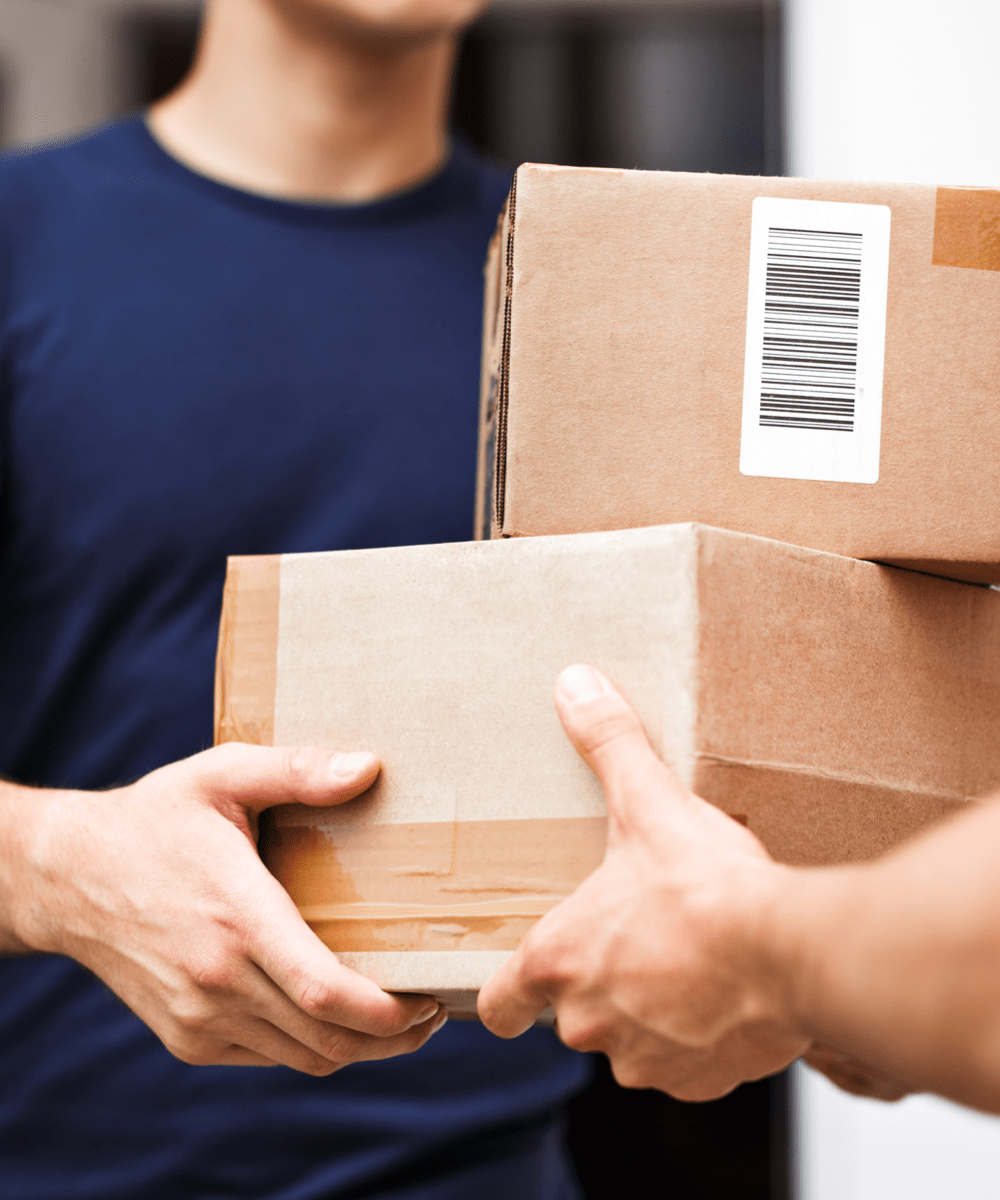Bare feet and birdsong: Rediscovering a wild childhood
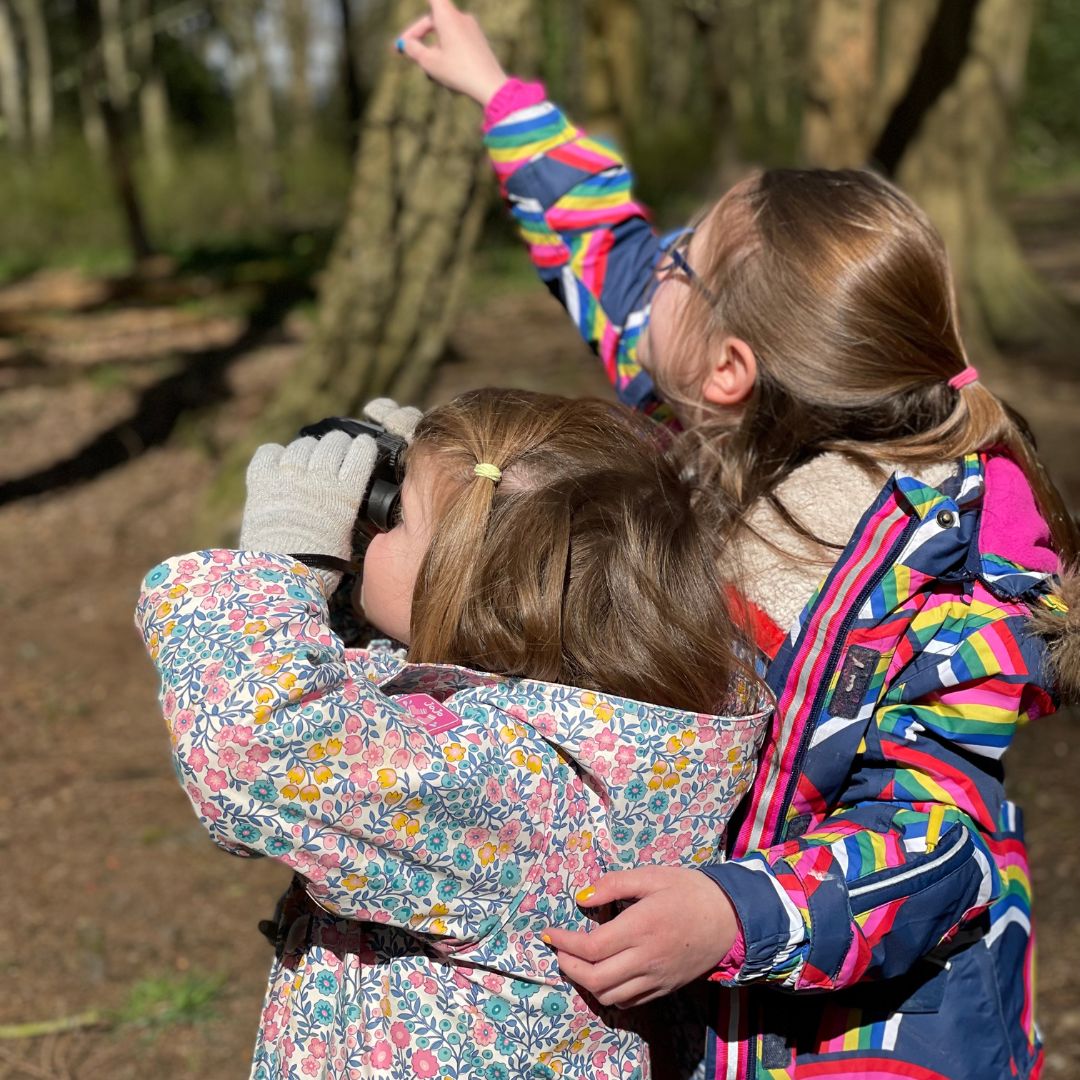
My daughters’ toes sank into the wet grass as we walked down the garden to fill the bird feeder. They were three and four at the time, partly dressed for nursery and partly still in their pyjamas, when we spotted a flash of red and gold. We froze, hardly daring to breathe as a little goldfinch dipped in flight before fluttering down for its breakfast. In that moment - bare feet soaked - I felt the magic of nature working its spell on all three of us. That small, shared thrill stayed with me. It was also the moment I knew the bird food blends I’d worked so hard to refine were doing their job: we were bringing new species to the garden for the first time.
My grandmother tells stories of the way she grew up, with blackberry-stained lips and pockets full of acorns. She and her sisters knew the local birds by their songs. Today, I’m raising my own daughters in a very different world. Intensive farming has reshaped our countryside, and screens have taken up space in our living rooms. Sometimes I wonder if the next generation will get to experience a carefree childhood at all. Will every moment need to be either purposeful and educational or completely detached, spent scrolling or gaming?
Britain has lost 73 million birds in the last five decades. The dawn chorus really is quieter now - iconic sounds like the rhythmic call of the cuckoo or the gentle lilt of a turtle dove are becoming rare. Over that time, we’ve also lost close to 30 million house sparrows and 20 million starlings. Birds that were once a common sight - or even considered a bit of a nuisance - are no longer as visible. That thought strengthens my resolve to help my children appreciate the wildlife we still have around us. We fill our feeders, and we fill our days with time outside, because those experiences are joyful and formative. The patience of waiting for fledglings to leave the nest box, the excitement of spotting the first butterflies in spring, the curiosity of following a snail’s silvery trail - these are the kinds of moments no childhood should be without.
So, what’s behind the change? A big part of the story is how we’ve transformed the landscape. Around 70% of the UK is farmland, and much of it has been intensively managed for yield. Since 1950, approximately 118,000 miles of hedgerow have been removed, replaced by vast fields of single crops. With those hedgerows went the wildflowers and insects - and then the birds that relied on them. Farmland birds have declined by around 61% since 1970, and pesticide and herbicide use have made things worse.
But it’s not just the countryside that’s changed - childhood has, too. In the eighties and nineties when I was growing up, there were no GPS trackers or mobile phones. We played outside until it got dark. In contrast, many children today don’t stray beyond their street. One study found that today’s 8-year-olds have only about one-ninth the roaming territory their parents had at the same age. Factor in packed after-school schedules, screens, and busy working families, and the result is a kind of childhood-on-a-short-leash. The average child in the UK has already spent the equivalent of a full year of 24/7 screen time by the age of eight. In his book The Anxious Generation, Jonathan Haidt talks about the dangers of overprotection in the real world versus underprotection online.
This shift has consequences. A few years ago, a Cambridge University study found that children could identify around 78% of Pokémon characters, but fewer than half of common wildlife species like oak trees or badgers. A National Trust survey found that fewer than half of UK children could identify a robin - our national bird - and only one in five could name a bluebell.
So yes, children today are growing up more disconnected from nature - not through any fault of their own or their parents. Modern life, urban development, the addictive pull of screens… it all adds up. Getting kids outdoors is more challenging than keeping them indoors, especially if you’re juggling work, weather and laundry. But beyond my own instincts, I’ve read enough research to know: time outside really is one of the best things we can offer our children.
It’s not just about “fresh air being good for you” (although it is!). A 2019 Wildlife Trusts study found that children who spent time in nature felt happier and healthier, and teachers noticed they became calmer, more confident and more sociable. Even a short burst of time outdoors—spotting birds, balancing on a log, planting a seed—can do wonders for mood and focus.
Outdoor play also builds resilience. Letting children take manageable risks, like climbing trees or jumping across a stream, is incredibly valuable. A University of Exeter study in 2022 found that small adventures like these help children manage fear, solve problems and build emotional strength. When my girls were small and insisted, “I can do it myself,” as they clambered across a log, they were learning perseverance and independence. Slipping off was part of the lesson, although it was always hard to witness the tumbles as their mum.
Time outside also sparks curiosity. It invites questions and offers space for wonder. I’ve had to look things up more times than I can count. I’m not an expert—I’m learning alongside my children. Saying “I don’t know, let’s find out” has become a familiar refrain in our house.
One of the loveliest things about nurturing this kind of connection is seeing how it encourages empathy and responsibility. By feeding the birds in our garden, my daughters have come to understand that small creatures depend on us. The excitement when “our” robin turns up is matched by genuine concern if he doesn’t. You only protect what you love, and you only love what you know. My girls aren’t reading conservation reports, but they are falling in love with the little patch of wild in our garden—and that’s a powerful beginning. When you give children regular, small, local experiences of nature, you’re planting the seeds of future care.
Technology, of course, isn’t the enemy. I wouldn’t have my business without it, and our lives are better in many ways thanks to tech. This isn’t about rejecting modern life or aspiring to some worthy, virtuous, Little House on the Prairie version of raising a family. It's not about guilt. It’s just about weaving a little bit of wild into the everyday. It’s about balancing the digital with the natural, and finding small, sustainable ways to help our children stay rooted.
And happily, it’s not something we have to do alone. There’s a growing movement here in the UK to help children and parents reconnect with nature in fun, accessible ways. In that spirit, I’m especially excited about our new nature spotting game, launching this summer. It’s designed to be playful and approachable - something to turn an ordinary walk into a mini wildlife safari. My hope is that even among the distractions and pressures of modern life, our children can still carry a love of the wild in their hearts.
And with that love, who knows - maybe they’ll help protect the future of our planet, too.

